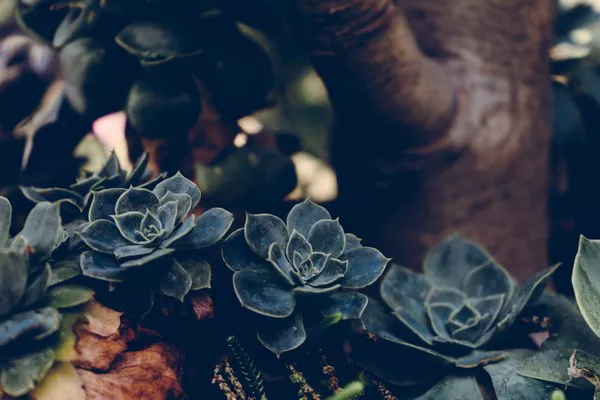Succulents have gained immense popularity in recent years due to their unique appearance and low maintenance requirements. Among the various methods of succulent propagation, propagating succulent heads is a fascinating and rewarding endeavor for succulent enthusiasts. Succulent heads, with their captivating shapes and vibrant colors, can be propagated to create new plants and expand your succulent collection.
Understanding Succulent Heads
Before delving into the propagation process, it’s essential to understand what succulent heads are. Succulent heads are the rosette-like clusters of leaves at the top of the plant’s stem. These compact and eye-catching structures are the focal point of many succulent varieties, making them ideal for propagation.
Selecting Healthy Succulent Heads
The first step in propagating succulent heads is to choose healthy specimens. Look for succulent heads that are plump, firm, and free from signs of damage or disease. Healthy succulent heads will have vibrant colors and show no signs of wilting or overwatering. Additionally, it’s advisable to select mature succulent heads for propagation, as they tend to root more successfully than younger ones.
Propagation by Leaf Cuttings
One of the most common methods for propagating succulent heads is through leaf cuttings. Follow these steps to propagate succulent heads using leaf cuttings:
a. Gently twist a healthy leaf from the succulent head, ensuring it detaches cleanly from the stem.
b. Allow the leaf to air dry for a few days until the cut end calluses over. This helps prevent rot during propagation.
c. Place the dried leaf on well-draining succulent soil in a shallow container.
d. Water sparingly, keeping the soil lightly moist but not soggy.
e. After a few weeks, roots and a new succulent plantlet will begin to form at the base of the leaf.
f. Once the new plantlet has grown to a reasonable size, it can be transplanted into a larger pot or garden bed.
Propagation by Offsets
Succulent heads often produce offsets, also known as “pups” or “babies,” which can be detached and grown into new plants. Here’s how to propagate succulent heads using offsets:
a. Identify the offsets growing at the base of the succulent head. These will appear as small rosettes or clusters of leaves.
b. Carefully remove the offset by gently tugging it away from the parent plant.
c. Allow the offset to air dry for a day or two to form a callus.
d. Plant the dried offset in succulent soil and water sparingly.
e. As the offset establishes roots and begins to grow, continue caring for it as you would for a mature succulent.
Watering and Care for Propagated Succulent Heads
Proper care is crucial for the successful propagation of succulent heads. Watering is a critical aspect of care. Water your propagated succulent heads sparingly, allowing the soil to dry out between watering sessions. Overwatering can lead to root rot, so it’s essential to err on the side of underwatering when caring for succulent heads.
Light Requirements
Succulent heads thrive in bright, indirect sunlight. Place your propagated succulent heads in a location where they receive ample light without being exposed to direct, intense sunlight, which can scorch their leaves.
Transplanting and Repotting
As your propagated succulent heads grow, they may outgrow their initial containers. When transplanting or repotting, choose a well-draining succulent potting mix and a container with drainage holes. Gently remove the succulent head and its roots from the old container and plant it in the new one. Water sparingly after transplanting to reduce stress on the plant.
Pest and Disease Management
Succulent heads are generally resilient, but they can still be susceptible to pests such as mealybugs and aphids. Regularly inspect your succulent heads for any signs of infestation and treat them promptly with appropriate remedies, such as neem oil or insecticidal soap.
Conclusion
Propagating succulent heads can be a rewarding and enjoyable experience for succulent enthusiasts. Whether you choose to propagate succulent heads through leaf cuttings or offsets, understanding the specific needs of these unique plants is essential for success. By selecting healthy specimens, providing proper care, and monitoring for pests and diseases, you can grow a thriving collection of succulent heads to beautify your home or garden. With patience and dedication, you’ll find that propagating succulent heads is a satisfying way to expand your succulent collection and share the beauty of these remarkable plants with others.


